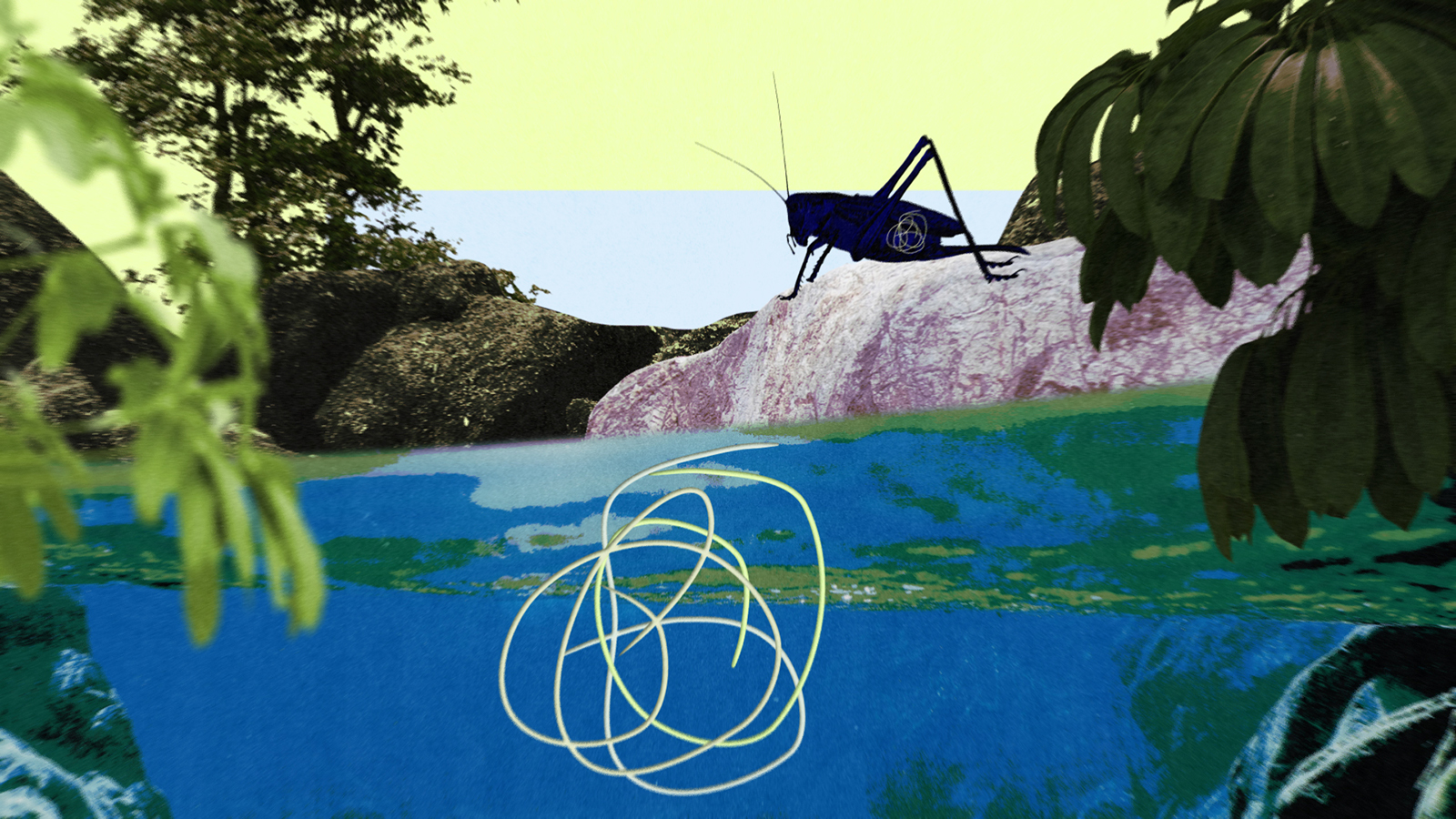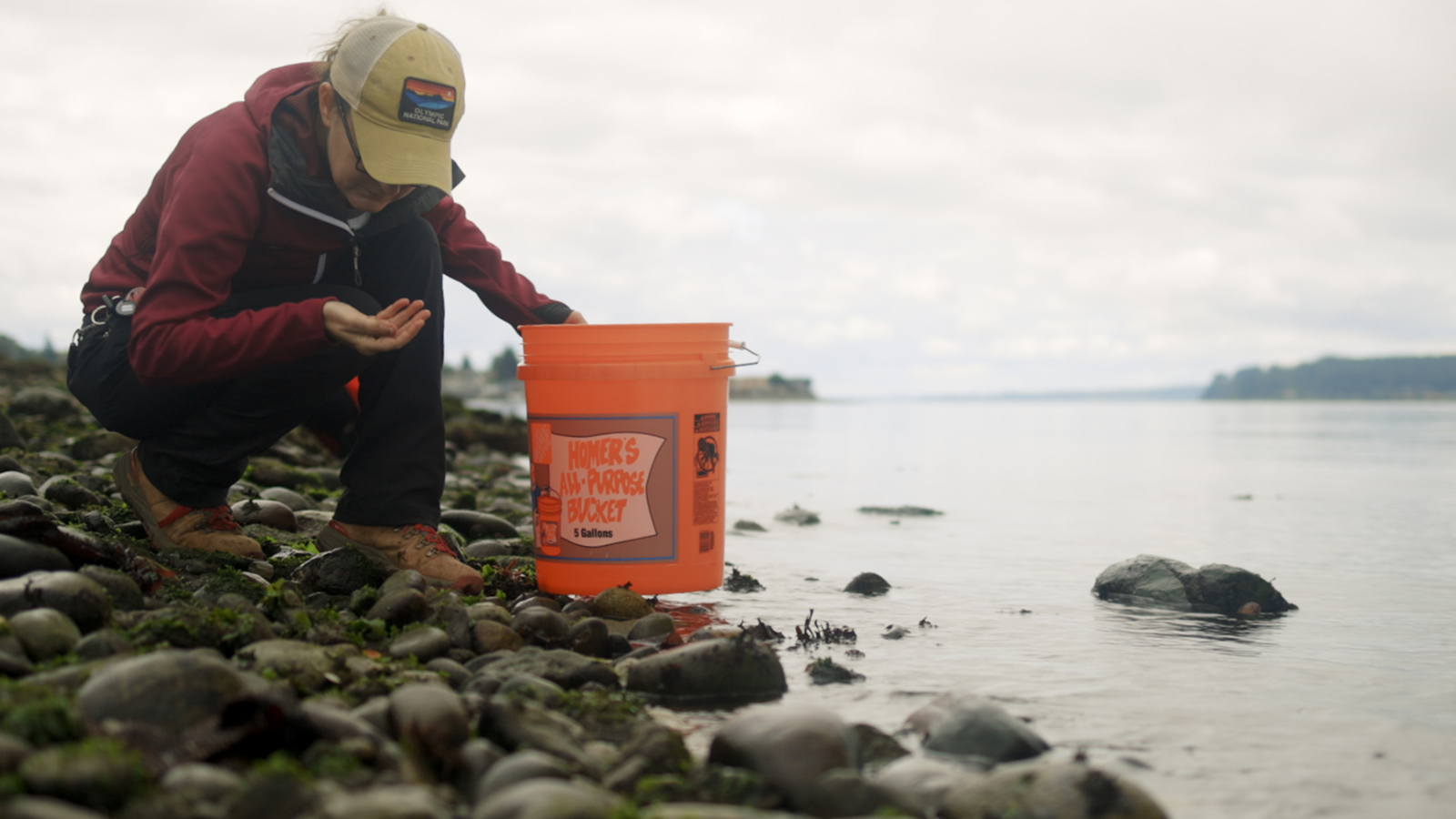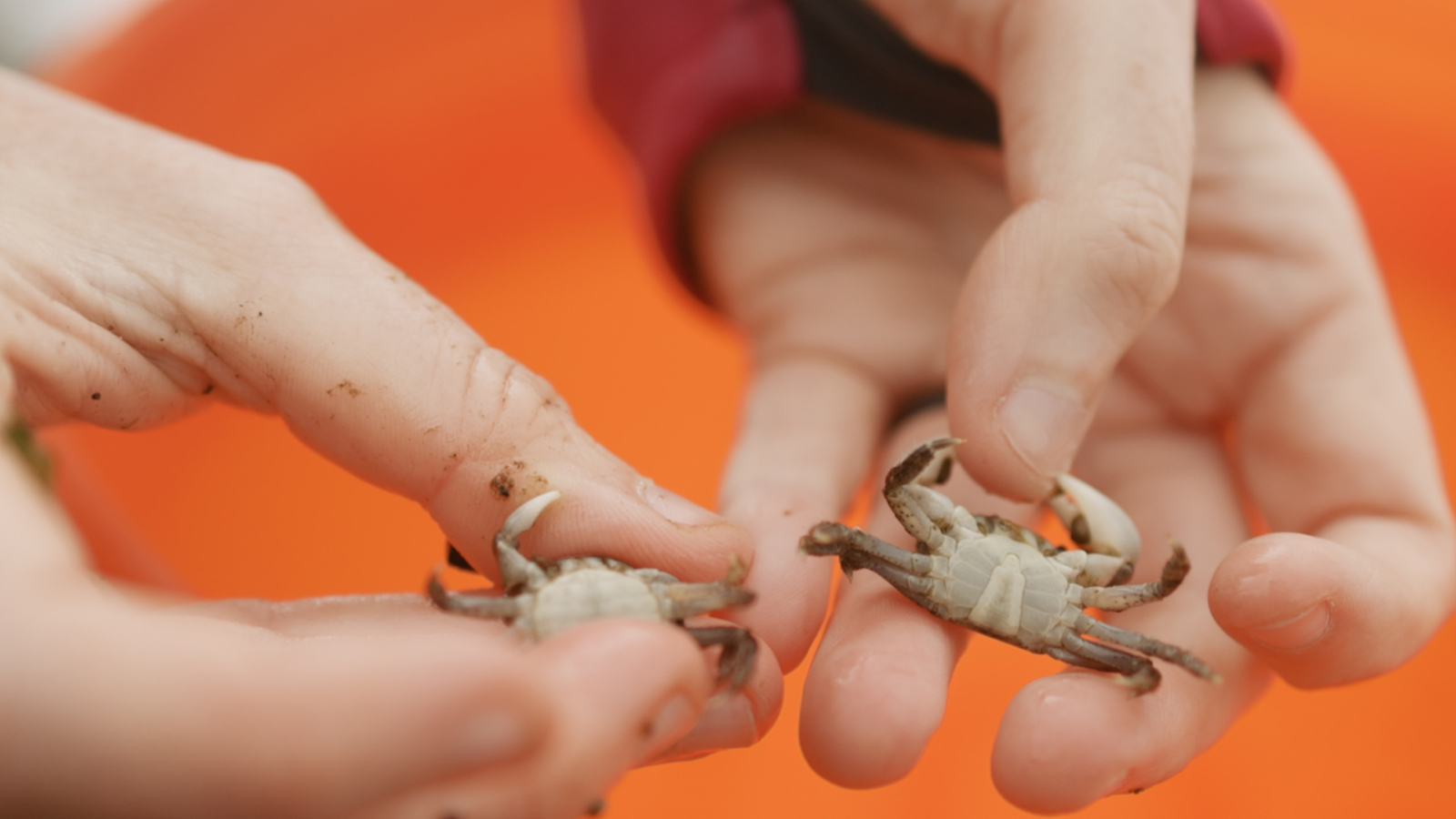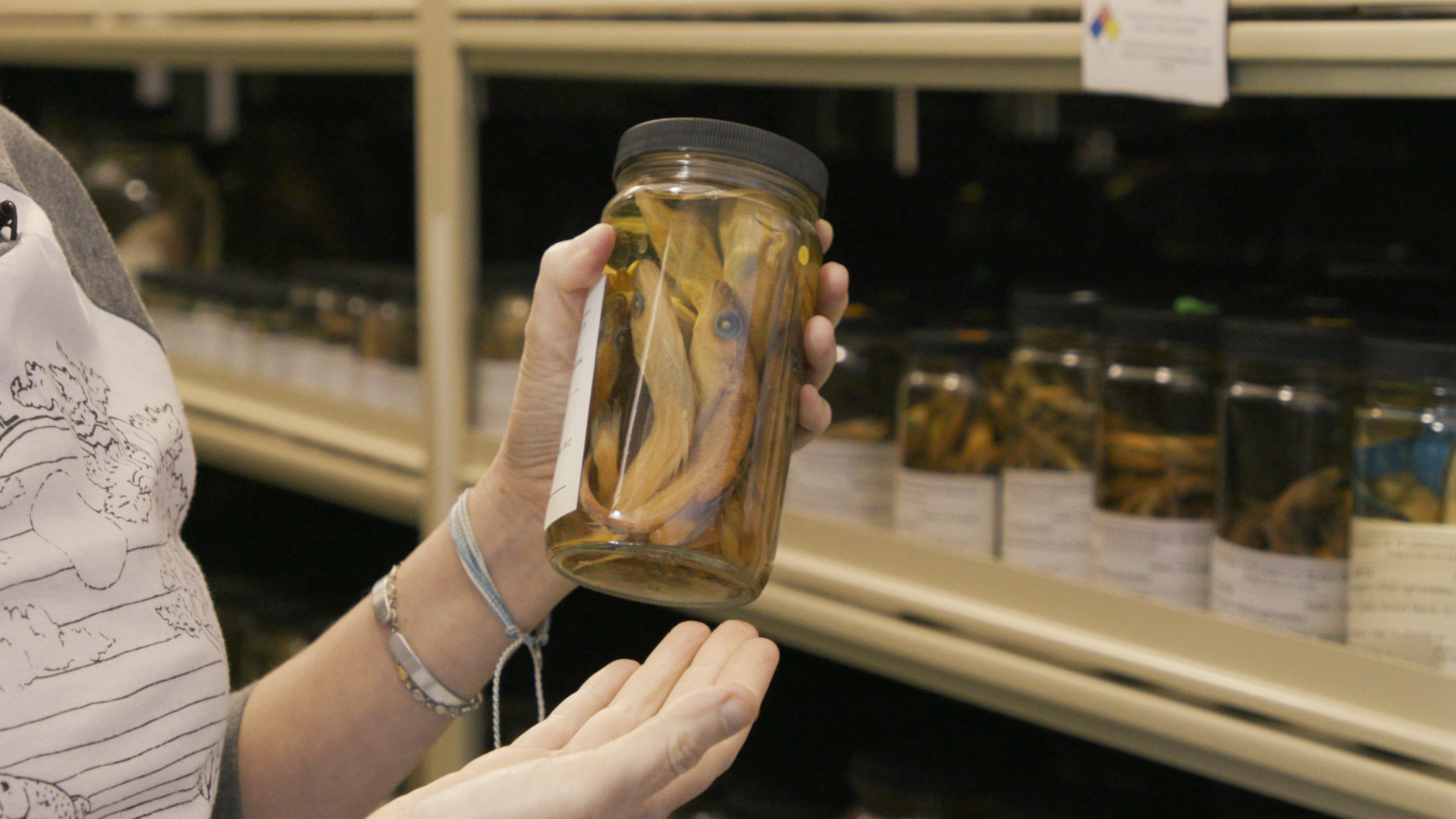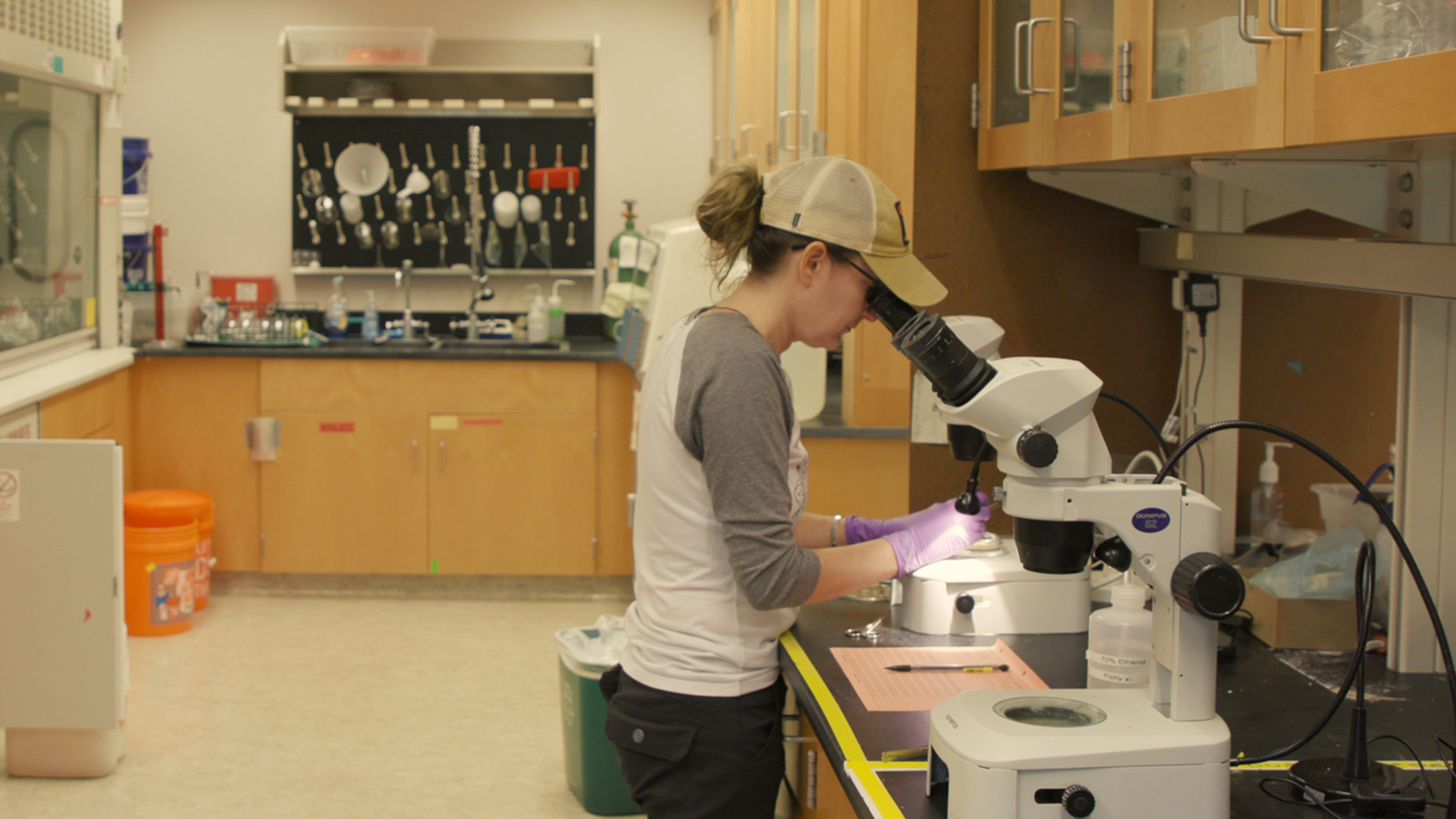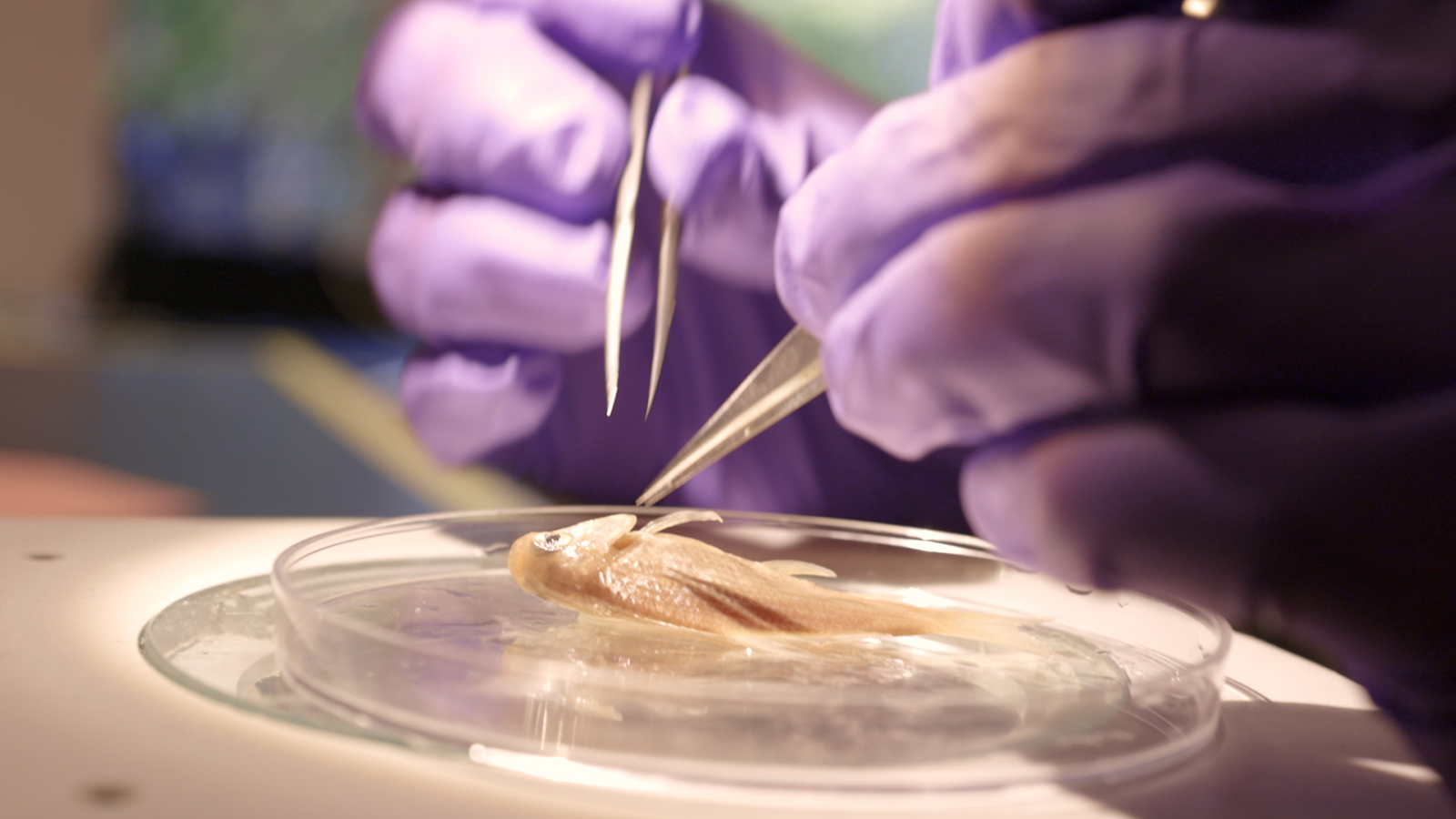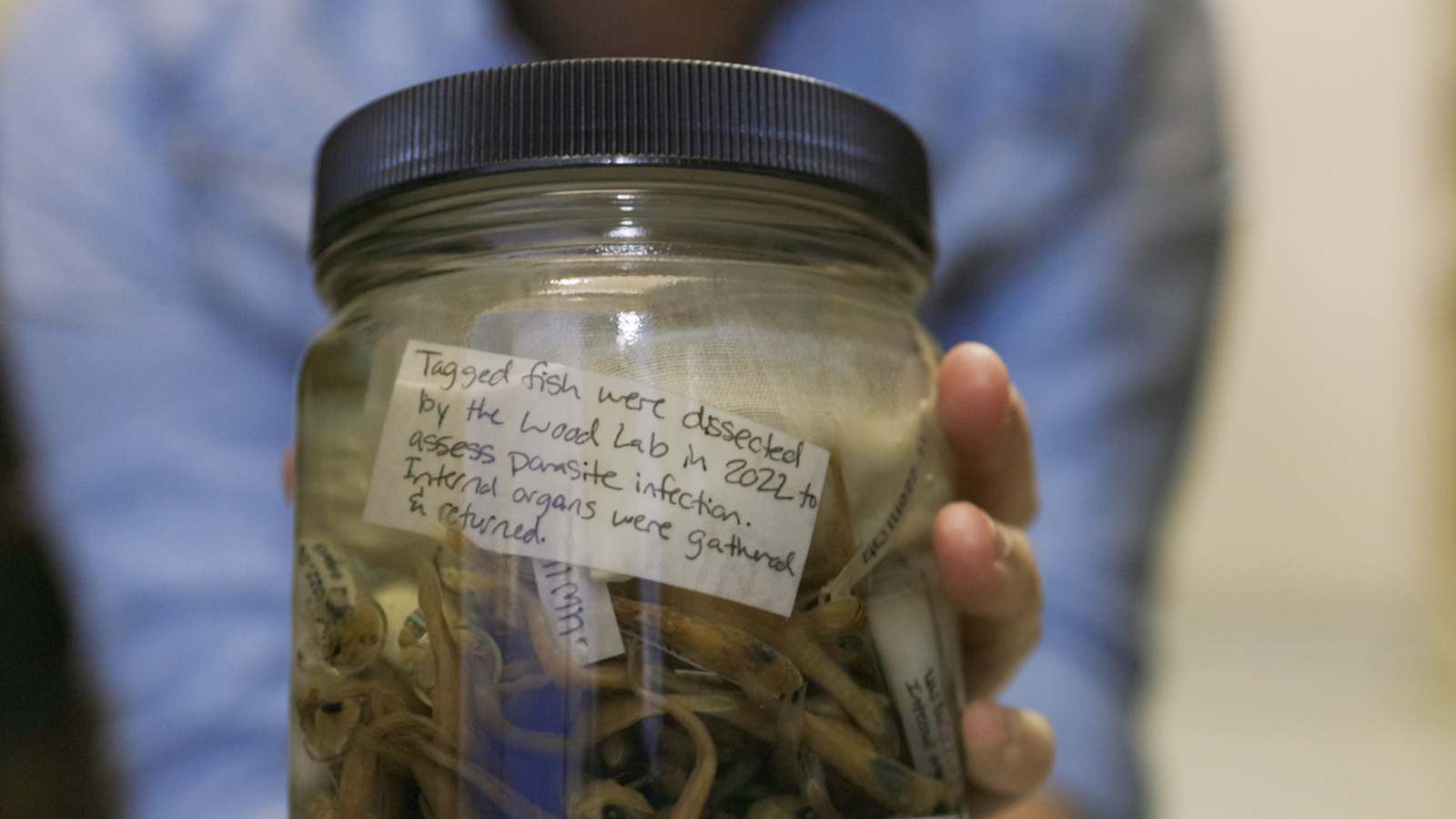Every email you send has a home. Every uploaded file, web search, and social media post does, too. In massive buildings erected from miles of concrete, stacked servers hum with the electricity required to process and store every byte of information that modern lives rely on.
In recent years, these data centers have been rapidly expanding in the United States. But the gargantuan facilities do more than keep cloud servers running — they also guzzle absurd amounts of water to run cooling systems that protect their components from overheating. Now, as artificial intelligence applications become ubiquitous, they’re using more water than ever.
Northern Virginia is the data center capital of the globe, where more than 300 facilities process nearly 70 percent of the world’s digital information, a job that requires ever more electricity. A utility that serves the area, Dominion Energy, announced during a May 2 earnings call that the industry’s demand for electricity had more than doubled in recent years. The week before that call, Google announced a billion-dollar expansion of three Virginia facilities, following a $35 billion investment by Amazon Web Services in the same area last year. State lawmakers and environmental groups have begun worrying about what this industry boom means for the area’s supply of water.
“Some of these data centers will use resources equivalent to a small city for energy and water,” said Ann Bennett, chair of data center issues in the Sierra Club’s Virginia chapter. “They are being built on a scale that we just haven’t seen in the past.”
Large data centers are resource hogs, using as much as 5 million gallons of water a day. Big companies, such as Google, Microsoft, and Meta, have faced public backlash for sucking up groundwater in regions plagued by droughts, such as in Arizona. But warming temperatures and more heat waves are driving increased water scarcity even in states that are not used to shortages. Last summer and fall, Virginia suffered a monthslong drought. The worst of the dry spell was in the same watershed as “data center alley,” part of Loudoun County where thousands of technology companies make use of the greatest concentration of data centers in the world, in an area the size of 100,000 football fields.
“I think as we look towards climate change and drought, somebody has to start asking these questions about how that impacts water supply and future increasing need,” said Kyle Hart, a program manager of the National Parks Conservation Association in Alexandria, one of the groups involved in the recently formed Virginia Data Center Reform Coalition. Many environmental advocates say that because companies often don’t divulge details about their water use, calling attention to these issues is a challenge.
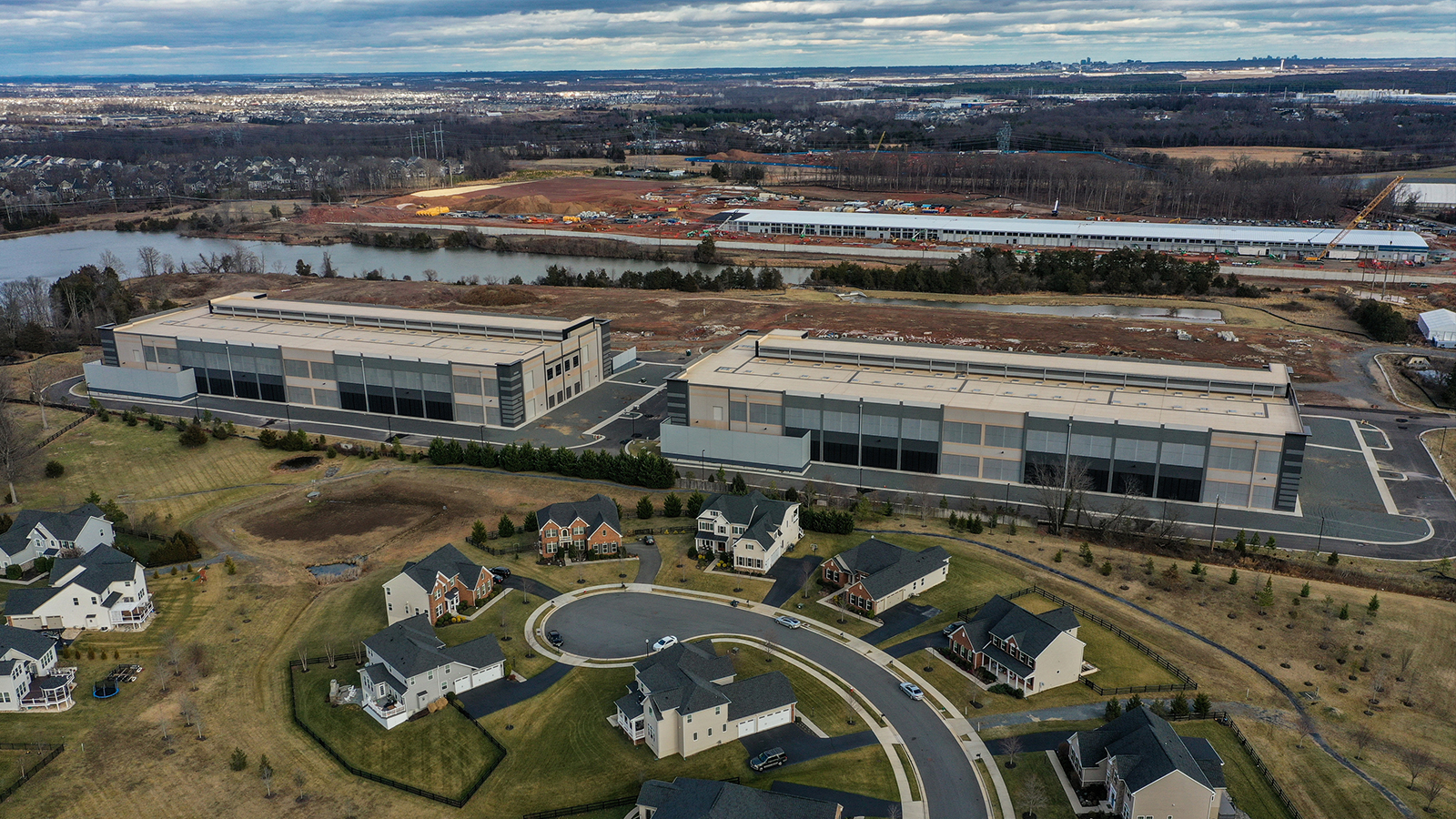
Jahi Chikwendiu / The Washington Post via Getty Images
Data centers rank among the top 10 water-consuming industries in the United States, according to a 2021 study from Virginia Tech that looked at their environmental cost. And the next generation of technology will only make these facilities thirstier, as servers that run AI algorithms generate more heat. Compared with traditional computing, the average neural network needs six times more kilowatts per rack. And AI scales exponentially: Large-scale algorithms, used by the likes of Google, Amazon, and Microsoft, consume at least 100 times more computing power and process millions of more data points than simpler kinds of machine learning.
To crunch all those bytes, tech giants are seeking out more data centers. Information about how many servers are being used for AI applications is not publicly available, but according to polling by Forbes, more than half of businesses use AI in some capacity. Amazon Web Services, which has 85 data centers in northern Virginia alone, offers hundreds of AI applications to its clients.
In Virginia, the scramble to stake land for data centers has some residents concerned. In December, local officials in Prince William County approved a $40 billion land-development project that will turn the county into the world’s largest data center hub. The public debate took 27 hours and drew nearly 400 citizens who raised questions about water availability, effect on the grid, and noise pollution.
Dozens of climate advocacy and historical preservation organizations formed the Virginia Data Center Reform Coalition at the end of last year over concerns that data centers were being built without prior understanding of the consequences. Julie Bolthouse, director of land use at Piedmont Environmental Council, one of the members of the coalition, says without more information about the resources these facilities consume, it’s difficult to draw a line from data centers to water issues. “We just don’t know. And that’s the biggest problem: We need more transparency around this industry,” she said. “And yet we’re approving them because of the promise of increased revenue.”
“Data centers are really secretive about their operational details,” said Md Abu Bakar Siddik, an engineering doctoral student who co-authored the Virginia Tech study. In 2022, Google became the first company to publicize its data centers’ water use following a lengthy legal battle in The Dalles, Oregon. While a handful of other tech giants, like Microsoft, have followed suit, most companies remain tight-lipped.
Ben Townsend, head of infrastructure and sustainability at Google, says the tech giant has some of the most sustainable data centers in the industry. And if a drought hit the area, Townsend said that Google would work with the local utilities “well in advance to understand what behaviors need to be taken to best support the watershed.”
Last month, Bolthouse learned from a Freedom of Information Act request that data centers serviced by the Loudoun water utility had increased their use of drinking water by more than 250 percent between 2019 and 2023. The documents also showed that water usage peaked during the summer months when the risk of drought is the highest.
Recycled water is being used in some data centers, such as in a Google facility in Georgia. But Siddik says fresh water is usually necessary to keep cooling systems running smoothly.

Hugh Kenny / Piedmont Environmental Council
Shaolei Ren, an engineering professor at University of California, Riverside, said that instead of returning the water to a city wastewater system, like the one connected to your drains at home, many data centers use cooling methods that rely on evaporation. A study he co-authored last year found that just training Open AI’s flagship product, GPT-3, might have directly evaporated more than 700,000 liters of clean fresh water. “Whether the water is recycled, saline, or fresh water, afterwards the water is just gone,” Ren said.
Some Virginia lawmakers have tried to hold companies accountable for their impact on the environment. In February, Josh Thomas, a Democrat in the Virginia House of Delegates, introduced several data center reform bills, including one that would require counties to conduct water studies before approving new developments. Although the legislation made it through the Virginia House in February, the Senate vote was eventually postponed until 2025, effectively killing it. According to Thomas, industry groups lobbied against the bill. By the time he reintroduces it during next year’s legislative session, lawmakers and the Data Center Reform Coalition expect an environmental impact study, commissioned by Virginia, will be complete.
“I think it’s very fair to paint a picture of a very obstinate industry that is opposed to any type of check on its growth,” Thomas said. “If we don’t do something quickly, there may be a tipping point where anything we do might not have an impact.”
Correction: An earlier version of this story misidentified the location of a data center in which Google is using recycled water. This post has also been updated to clarify that Google disclosed its data centers’ water use across the U.S. in 2022, not in one location.
This story was originally published by Grist with the headline The surging demand for data is guzzling Virginia’s water on May 8, 2024.

